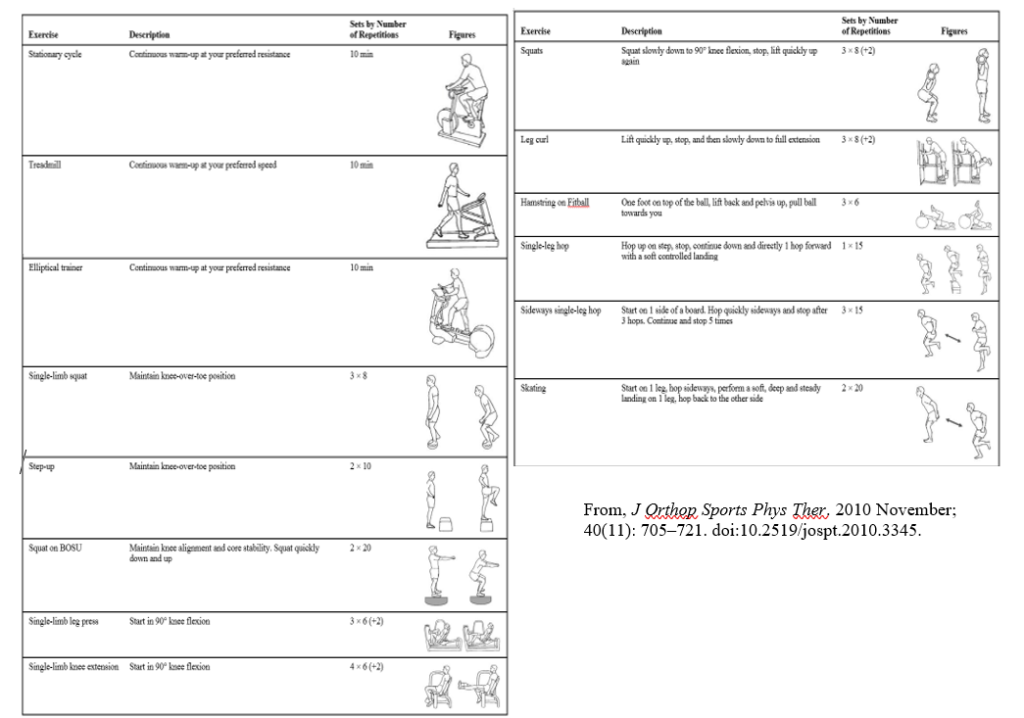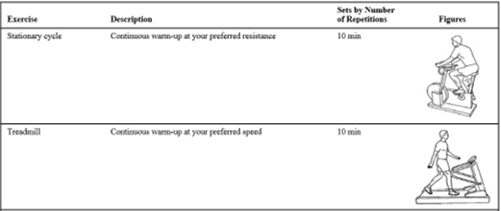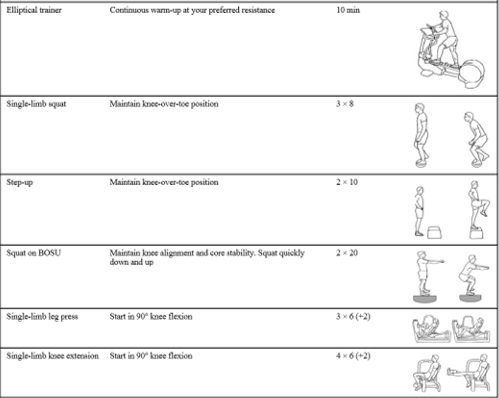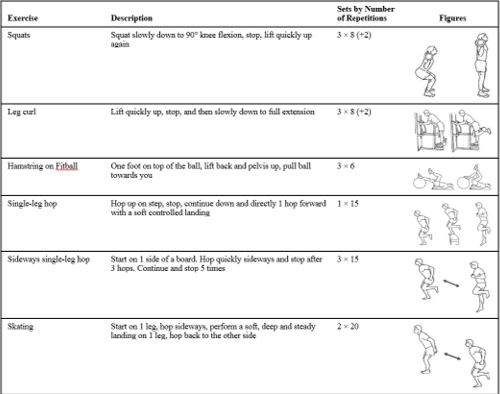Physical Therapist
The ACL is one of four ligaments that helps to stabilize the knee. It is most commonly injured during quick stopping and twisting motions of the knee with the foot planted on the ground. Surgery can be performed to repair or reconstruct the damaged ligament. In many cases, ACL surgery is the best option for treatment. This is especially true for athletes that participate in physically demanding sports that involve cutting and pivoting movements, which require an intact ACL for optimal knee stability. However, research suggests in many instances nonoperative management may be a better option.
Research for ACL Operative vs. Non-operative Management
In a systematic review published in “The Knee” journal (an Official Publication of the British Association for Surgery of the Knee), researchers presented evidence that suggests ACL reconstruction surgery for a specific group of patients may not be any more beneficial than conservative management (also known as rehabilitation without surgery).1 Research has also been conducted to identify two categories of patients with ACL injury: “copers” and “non-copers.”2 Patients who are considered copers are individuals who are able to perform functional activities despite an ACL rupture. Non-copers are patients who are unable to perform functional activities and have repetitive episodes of the knee “giving-way” (also known as instability). These non-copers are less likely candidates for non-operative treatment. There are many evidence-based assessment tools that physical therapists can use to help determine if a patient is a coper or non-coper, thereby indicating whether conservative management is a potential treatment for their injury.
Research for Exercise to Improve Knee Function Early After ACL Injury(3)
A study published in the Journal of Orthopedic Sports Physical Therapy investigated a progressive five-week exercise therapy program early after ACL injury with the following goals:(3)
• Present a progressive exercise program that can be used for patients with ACL injury.
• Evaluate changes in quadricep and hamstring muscle strength
• Assess dynamic lower extremity muscular power and strength compared to the unaffected leg with validated single leg hop tests
• Determine changes in knee function based on self-assessment tools
• Study the difference between coper and non-copers after completion of the exercise program
• Examine potential risk of adverse events from an intensive exercise program early after ACL injury
Researchers hypothesized that patients would:
• Improve knee function based on strength measurements, hop test outcomes, and knee function self-assessment scores
• Non-copers would improve knee function more than copers
• Patients would not have any adverse events during the progressive therapy exercise program.
Participants
• 100 patients 13-60 years of age
• Participate regularly in pivoting sports
• Complete ACL tear verified by MRI within the 90 days of initial visit and without evidence of other structural damage to the knee.
• Ability to participate in exercise program two times per week
Exercise program
The exercise program was started as soon as knee joint swelling was eliminated and full range of motion was restored. Subjects participated in the exercise program two to four times per week, which included intensive muscle strength training, plyometric exercises and neuromuscular re-education exercises. Dosage of exercise was based on recommendations form the American College of Sports Medicine and the specific exercises from the program are identified in the following diagram from the research article:

Outcomes
Findings from the study showed significant increases in knee function, increased hamstring and quad strength, and improved single leg hop test performance in both coper and non-coper groups. Based on these results, researchers concluded that the progressive exercise therapy program was low risk for adverse events. Therefore, the program should be used for non-operative management of ACL tears as well as to improve knee function prior to ACL surgery.
Physical Therapy First Approach
Determining if a patient is a candidate for non-operative management of an ACL injury is a multidisciplinary approach and may include an orthopedic surgeon. If non-operative management of an ACL injury is determined to be the best option for a patient with an ACL injury, he/she will undergo a full physical therapy evaluation to determine impairments and functional limitations.
These impairments and limitations will be addressed with evidence-based treatments, such as the exercise program from the article reviewed above. Physical therapy treatments to help recover from an ACL injury may include:
• Joint mobilization
• Soft tissue mobilization
• Specific muscle strengthening
• Neuromuscular re-education interventions
• Balance training
• Muscle stretching
• Correction of biomechanical faults in functional movement
• Home exercise program development
• Physical therapy modalities, such as, moist heat, cold packs, ultrasound, electrical stimulation, phototherapy/laser
References
1. Smith TO, Postle K, Penny F, McNamara I, Mann CJ. Is reconstruction the best management strategy for anterior cruciate ligament rupture? A systematic review and meta-analysis comparing anterior cruciate ligament reconstruction versus non-operative treatment. Knee. 2014;21:462–70. [PubMed]
2. Fitzgerald GK, Axe MJ, Snyder-Mackler L. A decision-making scheme for returning patients to high-level activity with nonoperative treatment after anterior cruciate ligament rupture. Knee Surg Sports Traumatol Arthrosc. 2000;8:76–82. doi: 10.1007/s001670050190. [PubMed]
3. Eitzen I, Moksnes H, Snyder-Mackler L, Risberg MA. A Progressive 5-Week Exercise Therapy Program Leads to Significant Improvement in Knee Function Early After Anterior Cruciate Ligament Injury. Orthop Sports Phys Ther. 2010 November ; 40(11): 705–721. doi:10.2519/jospt.2010.3345.



